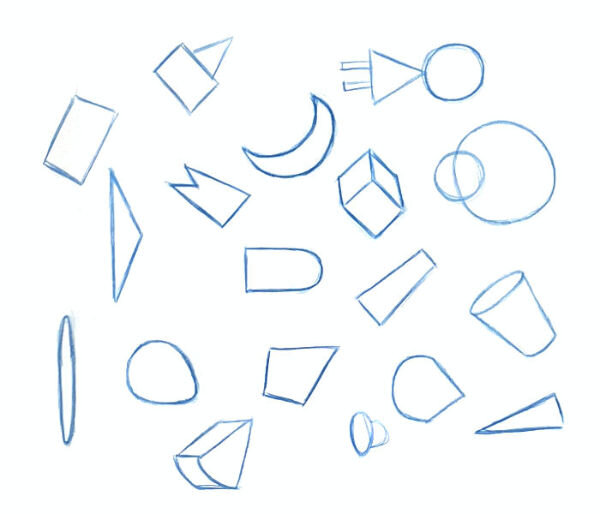Friday Fun
We are going to paint a couple of pineapples but we are not going to stress or worry about rules. Let’s get started and have some fun.
Supplies:
acrylic paint - cheap
paint brushes
canvas or acrylic paper - canvas might work better, tape tears paper
tape
Tape the entire canvas or acrylic paper. Make sure to over lap the tape’s edges
Draw out the shape of a pineapple, it can be a simple oval
Carefully cutout the pineapple shapes
Paint the pineapple area that is not covered by tape. It can be any colors you want. I chose blues like the ocean for one and warm colors like a sunset for the other pineapple. Let the paint dry completely.
Tape crisscross pattern on the pineapples
Paint white on exposed areas, this is so the other colors show up better. Let dry completely
Paint pineapple colors, yellows, browns and greens. I used a sponge so it would have texture. Let dry completely.
Remove the tape carefully, if using the acrylic paper be very careful the tape does tear the paper.
Add the pineapple top, painting the stems green and yellows.
Congratulations you are done and have some really cool art.
Thanks for stopping by, see you next time.
Remember to like and follow for more fun art lessons









































